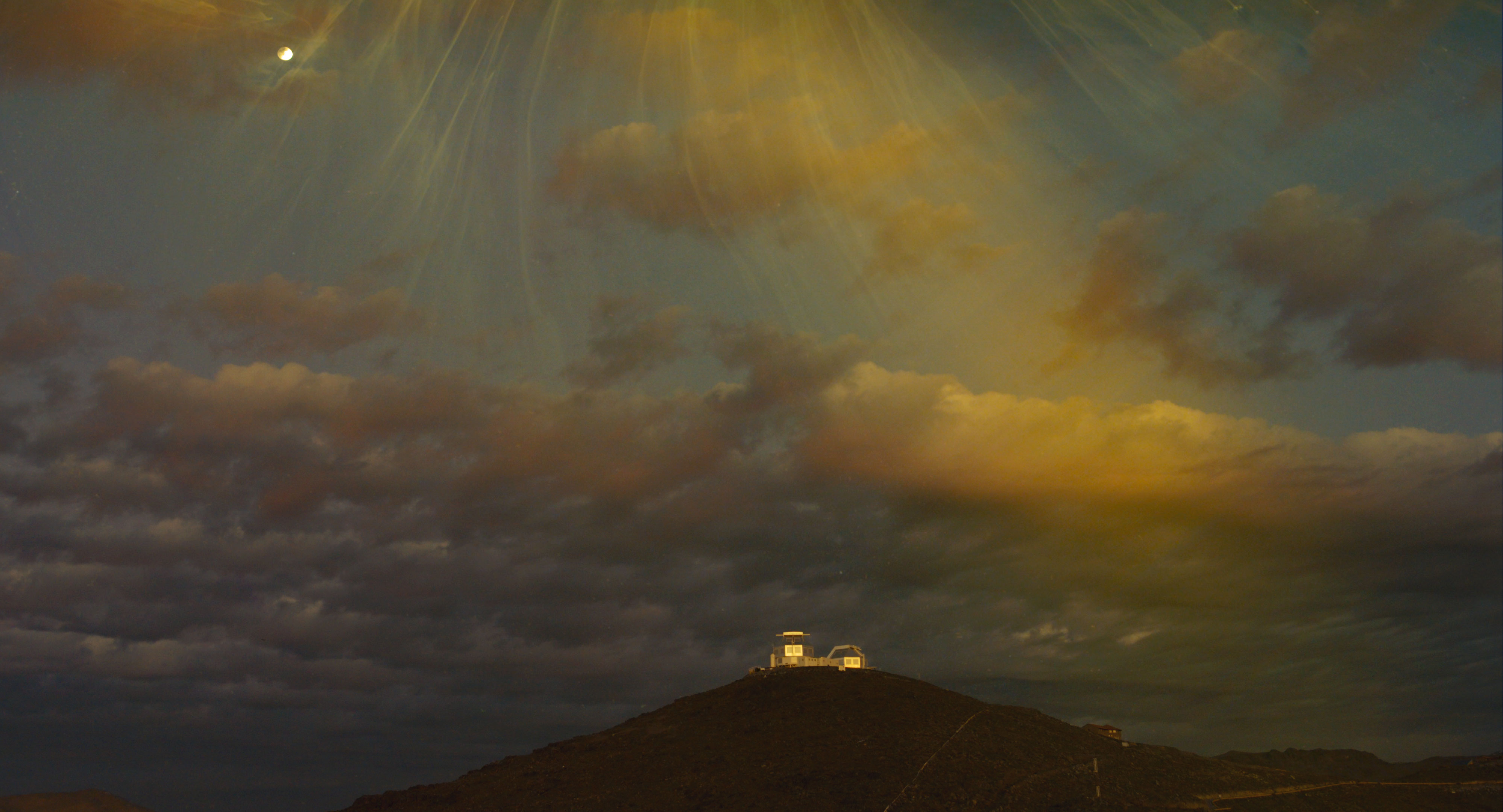Film Review: ‘Cielo’
By Nick Schager
LOS ANGELES (Variety.com) – Affording viewers a trip to the Chilean desert to gaze up at the crystal-clear sky, “Cielo” is a rapturous act of cinematic contemplation. Regarding the firmament with humbled wonder and curiosity, writer-director Alison McAlpine’s documentary investigates the many ways in which we’re connected to the stars, the clouds and everything that extends beyond. Buoyed by conversations with a variety of people closely associated with this particularly luminous region, “” should entrance all those who enter its unique atmosphere.
“Cielo” glides between subjects, guided by McAlpine’s narration, which alternates between ruminations about her rapport with the sky and existential queries of the many individuals with whom she meets. Linking those chats are breathtaking time-lapse images of the sky over Atacama Desert, the driest in the world, where a lack of pollution or artificial light provides striking sights of the heavens. Depicting the constellations and Milky Way rotating as the Earth turns, as well as shooting stars crisscrossing each other at intermittent intervals, cinematographer Benjamin Echazarreta’s vistas — often framed by barren mountain ranges and scraggly desert trees below — convey the ecstatic and daunting beauty of our universe. That’s also felt during daytime shots of the hovering moon, including one in which it sits above both a thin layer of clouds and a towering peak like some sort of natural homage to “2001: A Space Odyssey.”
As one astrophysicist confesses, such star-gazing (be it personal or professional) invariably leads to science fiction-y questions about humanity, extraterrestrial life and interstellar travel to distant planets. McAlpine allows such issues to be raised without trying to proffer conclusive answers; rather, her film is more about giving voice to the thoughts one experiences while laying on the ground, in the dark, staring upward. In one respect, “Cielo” is an attempt to do what one speaker says the sky itself does — open and inspire the imagination, allowing it to freely roam in a manner as expansive as space and time.
The camera also trains its eye on the men and women residing on this arid stretch of land: scientists manning enormous telescopes (whose movements seem to dance in harmony with the ever-shifting sky); a miner venturing into a subterranean abyss; a photographer of UFOs; algae collectors who fish with nets in moonlight; and a local storyteller who recounts animal legends concerning the aerial origins of vegetation. In their discourses, from a loner noting that one of Orion’s stars reminds him of his deceased daughter, or two separate anecdotes that were passed down by grandmothers, McAlpine conveys the sky’s profound relationship to memory, family, spirituality, history and heritage — and, thus, how it provides us with a context for our feelings about our surroundings, ourselves and the past and the future.
Though the director’s musings are constant, the grander notions of “Cielo” hang in the air as we gaze at rapturous panoramas of the sky in all its nocturnal blue-black-green glory. Calling to mind Terrence Malick’s “The Tree of Life,” the film employs organic special effects to create sequences involving blooming and pulsating foreign stars, which further amplify a sense of the limitless splendor and the mystery of existence. Whether focusing on a young man discussing his childhood bond with a silent spirit, or an astronomer explaining her secular attraction to her work, this majestic movie — enhanced by Philippe Lauzier’s dreamy score of wind instruments and percussive gongs, which seamlessly blends with the mecha-grinding of telescopic equipment — looks up in order to look within.

